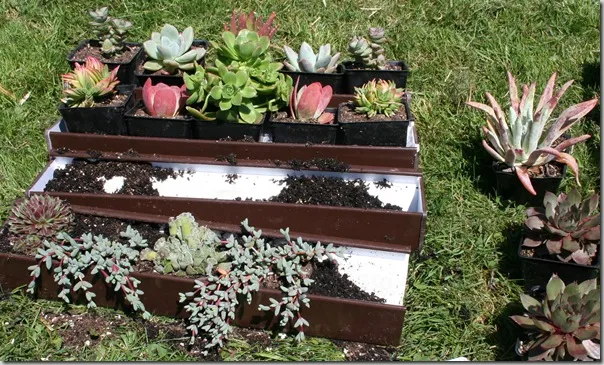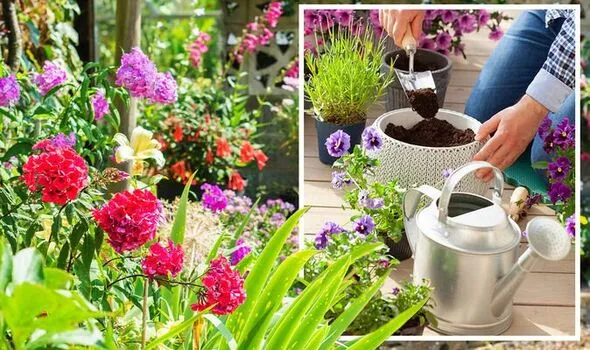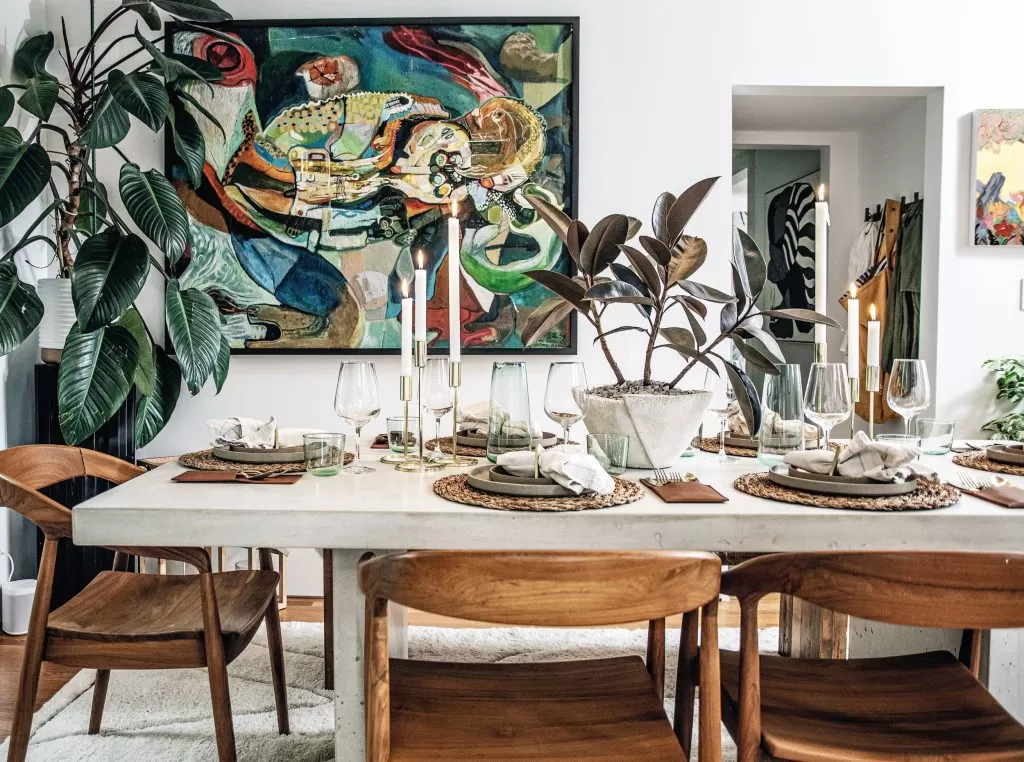- Transform your living space with vibrant greenery, even during the busiest summer months.
- Discover houseplants known for their resilience and minimal care needs.
- Learn simple tips to ensure your plants thrive without demanding all your free time.
- Find the perfect plant companions that purify the air and boost your well-being.
Summer arrives, bringing sunshine, longer days, and often, a packed schedule of activities, travel, and family fun. While you love the idea of a lush indoor oasis, the thought of adding demanding plant care to your already busy life can feel overwhelming. The good news? You absolutely can enjoy the beauty and benefits of indoor plants without becoming a slave to watering cans and pruning shears. The secret lies in choosing the right species. We’ve compiled a list of low-maintenance houseplants perfect for busy summer lifestyles, known for their forgiving nature and ability to bounce back even if you occasionally forget about them. Get ready to bring life into your home with these easy-care champions!
Contents
- Why Low-Maintenance Plants Are Your Summer Allies
- Top 10 Low-Maintenance Houseplants to Brighten Your Home
- 1. Snake Plant
- 2. Pothos (Devil’s Ivy)
- 3. Monstera Deliciosa
- 4. Heartleaf Philodendron
- 5. Dieffenbachia Plant
- 6. ZZ Plant
- 7. Rubber Tree
- 8. Spider Plant
- 9. Prayer Plant
- 10. Aloe Vera Plant
- Essential Care Tips for Your Easy-Care Collection
- Bringing Greenery into Your Busy Life
Why Low-Maintenance Plants Are Your Summer Allies
Busy lives, especially during the active summer season, leave little room for complex plant care routines. Whether you’re juggling work, family commitments, vacations, or simply soaking up the sun outdoors, having plants that don’t require constant attention is a game-changer. These resilient varieties tolerate inconsistent watering, varied light conditions, and don’t typically fall prey to pests with ease. They allow you to enjoy the aesthetic beauty and proven wellness benefits of houseplants – like air purification and stress reduction – without adding another chore to your list.
Top 10 Low-Maintenance Houseplants to Brighten Your Home
Starting your indoor garden journey can seem intimidating with countless options available. My own plant story began with a rather dramatic demise of an Aloe Vera (don’t ask!), but learning from mistakes and choosing the right plants transformed my home into a thriving green space. Based on personal success and expert recommendations, here are some of the most forgiving and beautiful plants that are perfect for busy individuals.
1. Snake Plant
Often hailed as the ultimate beginner plant, the Snake Plant is truly a marvel of resilience. Its striking, upright leaves add modern architectural flair to any room. You can practically ignore this plant, and it will still look fantastic. While minimal care keeps it alive, a little attention can help it grow into an impressive specimen.
- Scientific Name: Sansevieria (now Dracaena trifasciata)
- Common Name: Snake Plant, Mother-in-Law’s Tongue
- Zone: Typically grown as a houseplant (Hardy in USDA Zones 10-12)
- Light: Tolerates low light but thrives in bright, indirect light
- Humidity: Low to average room humidity
- Water: Allow soil to dry out completely between waterings, which can range from every 2 weeks to once a month. Overwatering is the primary danger.
- Toxicity: Toxic if consumed (irritation).
 Tall, upright Snake Plant with marbled green and yellow leaves in a pot.
Tall, upright Snake Plant with marbled green and yellow leaves in a pot.
2. Pothos (Devil’s Ivy)
Trailing plants like Pothos bring a cascade of green into your space, perfect for shelves or hanging baskets. This vine is incredibly forgiving and signals its needs clearly (slight droop means water!). Pothos is also famous for its air-purifying qualities and is remarkably easy to propagate in just water, letting you easily share your green bounty.
- Scientific Name: Epipremnum aureum
- Common Name: Pothos, Devil’s Ivy, Golden Pothos
- Zone: Typically grown as a houseplant (Hardy in USDA Zones 10-12)
- Light: Bright, indirect light is ideal, but tolerates low to medium indirect light. Avoid direct sun.
- Humidity: Average room humidity is fine, but enjoys higher humidity.
- Water: Water when the top inch or two of soil feels dry, typically every 1-2 weeks. Allow soil to dry out completely between waterings.
- Toxicity: Toxic if consumed (irritation).
 Trailing Pothos plant with heart-shaped green and yellow variegated leaves hanging from a basket.
Trailing Pothos plant with heart-shaped green and yellow variegated leaves hanging from a basket.
3. Monstera Deliciosa
The “Swiss Cheese Plant” is a showstopper with its iconic split leaves, bringing a touch of the tropics indoors. Despite its exotic look, Monstera is surprisingly unfussy. It tells you it’s happy by growing impressively, making it a rewarding choice for beginners. Its tolerance for varying light conditions and ease of propagation make it a popular choice for busy plant lovers.
- Scientific Name: Monstera deliciosa
- Common Name: Swiss Cheese Plant, Split-Leaf Philodendron
- Zone: Typically grown as a houseplant (Hardy in USDA Zones 10-12)
- Light: Bright, indirect light. Tolerates medium indirect light.
- Humidity: Moderate to high humidity is preferred, but adapts to average home levels.
- Water: Water when the top 2-3 inches of soil are dry, roughly every 1-2 weeks, allowing it to slightly dry between waterings.
- Toxicity: Toxic if consumed (irritation).
 Large Monstera Deliciosa plant with glossy, split green leaves in a terracotta pot.
Large Monstera Deliciosa plant with glossy, split green leaves in a terracotta pot.
4. Heartleaf Philodendron
With its charming heart-shaped leaves trailing gracefully, the Heartleaf Philodendron is a classic for a reason. It’s incredibly adaptable, thriving in a range of light conditions and not overly particular about watering schedules. This plant adds a cozy, inviting feel to any space and can vine quite extensively if allowed. Numerous varieties offer different leaf colors and patterns.
- Scientific Name: Philodendron hederaceum
- Common Name: Heartleaf Philodendron
- Zone: Typically grown as a houseplant (Hardy in USDA Zones 10-12)
- Light: Low to bright indirect light. Avoid direct sun.
- Humidity: Prefers average to high humidity.
- Water: Water when the top inch or two of soil is dry, typically every 1-2 weeks. Allow soil to dry out completely between waterings.
- Toxicity: Toxic if consumed (irritation).
 Trailing Heartleaf Philodendron with many small, dark green heart-shaped leaves spilling from a pot.
Trailing Heartleaf Philodendron with many small, dark green heart-shaped leaves spilling from a pot.
5. Dieffenbachia Plant
Dieffenbachia, or Dumb Cane, makes a bold statement with its large, variegated leaves featuring striking patterns of cream, yellow, or white against green. These plants grow upright and can reach impressive heights, adding vertical interest to your decor. While they appreciate consistency, they are quite forgiving if you occasionally miss a watering or two.
- Scientific Name: Dieffenbachia species
- Common Name: Dieffenbachia, Dumb Cane
- Zone: Typically grown as a houseplant (Hardy in USDA Zones 10-12)
- Light: Any light except direct sunlight. Bright, indirect light is best for maintaining leaf pattern.
- Humidity: Prefers high humidity but tolerates average room conditions.
- Water: Keep the top inch of soil consistently moist, but not waterlogged. Water less frequently in winter.
- Toxicity: Highly toxic if consumed (causes temporary speech loss and irritation).
 Upright Dieffenbachia plant with large, variegated green and white leaves.
Upright Dieffenbachia plant with large, variegated green and white leaves.
6. ZZ Plant
The ZZ Plant might just be the king of neglect tolerance. Its waxy, deep green leaves store water in thick rhizomes, allowing it to survive long periods without a drink. Often mistaken for artificial plants due to their perfect appearance, ZZ Plants are ideal for low-light spots and forgetful plant parents. Their origins in drought-prone regions make them naturally resilient.
- Scientific Name: Zamioculcas zamiifolia
- Common Name: ZZ Plant, Zanzibar Gem
- Zone: Typically grown as a houseplant (Hardy in USDA Zones 10-12)
- Light: Low light to bright, indirect light. Tolerates very low light conditions. Avoid direct sun.
- Humidity: Low to average room humidity.
- Water: Drought-tolerant. Water only when soil is completely dry, often every 2-4 weeks.
- Toxicity: Toxic if consumed (irritation).
- Care Note: Avoid using leaf shine products as they can clog the pores on the leaves.
 ZZ Plant with glossy, dark green leaves growing upright from thick stems.
ZZ Plant with glossy, dark green leaves growing upright from thick stems.
7. Rubber Tree
A Ficus Elastica, or Rubber Tree, adds a touch of classic elegance with its large, glossy leaves, often in deep green or burgundy hues. While slightly less “set-it-and-forget-it” than a Snake Plant or ZZ, it’s still quite manageable. It thrives in consistent conditions but will tolerate occasional lapses. Finding the right balance of light and water is key – watch out for leaf burn from direct sun.
- Scientific Name: Ficus elastica
- Common Name: Rubber Tree, Rubber Plant
- Zone: Typically grown as a houseplant (Hardy in USDA Zones 10-12)
- Light: Bright, indirect light. Can tolerate medium light but may lose some variegation. Avoid direct sun.
- Humidity: Prefers high humidity but adapts to average home levels. Misting can help.
- Water: Keep soil consistently moist during the growing season (spring/summer), allowing the top inch to dry slightly between waterings. Reduce watering in fall/winter.
- Toxicity: Toxic if consumed (irritation from sap).
 Rubber Tree plant with large, shiny burgundy leaves in a decorative pot.
Rubber Tree plant with large, shiny burgundy leaves in a decorative pot.
8. Spider Plant
Spider Plants are incredibly popular for a reason – they are resilient, easy to propagate (those “spiderettes” are adorable!), and non-toxic, making them a favorite for homes with pets and children. Their arching leaves bring a lively, dynamic feel to a space. While they are forgiving, they do appreciate regular watering and can be sensitive to chemicals in tap water.
- Scientific Name: Chlorophytum comosum
- Common Name: Spider Plant, Airplane Plant
- Zone: Typically grown as a houseplant (Hardy in USDA Zones 9-11)
- Light: Bright, indirect light is ideal, but tolerates medium light. Avoid direct sun.
- Humidity: Average room humidity.
- Water: Water regularly, keeping soil consistently moist but not soggy. Use distilled or filtered water if your tap water is high in chlorine or fluoride to prevent leaf tip burn.
- Toxicity: Non-toxic.
- Care Note: Fertilize regularly during the growing season (spring to fall).
 Spider plant with arching green and white striped leaves and small plantlets ("spiderettes") trailing.
Spider plant with arching green and white striped leaves and small plantlets ("spiderettes") trailing.
9. Prayer Plant
Named for the way its leaves fold upwards at night, resembling praying hands, the Prayer Plant (Maranta leuconeura) is a fascinating and beautiful choice. Its decorative leaves, often featuring vibrant patterns and colored veins, make it a unique addition. While it prefers higher humidity, it’s quite tolerant of average indoor conditions and forgiving with watering, although it doesn’t like drying out completely.
- Scientific Name: Maranta leuconeura
- Common Name: Prayer Plant
- Zone: Typically grown as a houseplant (Hardy in USDA Zones 10-11)
- Light: Medium to bright indirect light. Direct sun will scorch the leaves.
- Humidity: Prefers high humidity but adapts to average home humidity with some effort (misting, pebble tray).
- Water: Water when the top inch of soil feels dry, keeping the soil consistently moist but not wet. Use distilled or filtered water if possible.
- Toxicity: Non-toxic.
 Prayer Plant with patterned green leaves featuring red veins, some folded upwards.
Prayer Plant with patterned green leaves featuring red veins, some folded upwards.
10. Aloe Vera Plant
Perhaps best known for the soothing gel inside its leaves, Aloe Vera is a succulent that stores water, making it incredibly drought-tolerant. While my first attempt ended in disaster, learning its needs (lots of sun and very little water!) made subsequent attempts much more successful. It’s a practical plant to have around, especially during summer when sunburns are more common, and it adds a sculptural element to your decor.
- Scientific Name: Aloe barbadensis miller
- Common Name: Aloe Vera
- Zone: Typically grown as a houseplant (Hardy in USDA Zones 10-12)
- Light: Bright, indirect light. Can tolerate some direct morning sun but avoid harsh afternoon sun.
- Humidity: Low to average room humidity.
- Water: Allow soil to dry out completely between waterings. Water very sparingly in winter when the plant is dormant.
- Toxicity: Toxic if consumed (can cause digestive upset). The gel is for external use.
- Care Note: Plant in a cactus or succulent mix for best drainage.
 Aloe Vera plant with thick, fleshy green leaves spreading outwards from the center.
Aloe Vera plant with thick, fleshy green leaves spreading outwards from the center.
Essential Care Tips for Your Easy-Care Collection
Even “low-maintenance” doesn’t mean “no maintenance.” A few simple practices will keep your plants thriving, especially during the summer.
- Watering Wisdom: The most common mistake is overwatering. For most low-maintenance plants, it’s better to underwater than overwater. Check the soil moisture with your finger (or a moisture meter) before watering. Water deeply when needed, then allow the soil to dry out appropriately for the specific plant before watering again. Summer heat might mean slightly more frequent watering, but always check the soil first.
- Light Location: Understand your home’s light. Even low-light tolerant plants prefer some light. Bright, indirect light is a safe bet for most houseplants. Rotate plants occasionally for even growth. Be mindful of intense summer sun through windows, which can scorch leaves.
- Pest Patrol: Keep an eye out for common houseplant pests like spider mites or mealybugs. Catching them early makes treatment easier. A gentle wipe with a damp cloth or treatment with natural options like Neem oil (as mentioned in the original article) can often solve issues.
- Repotting: Don’t rush to repot. These plants often prefer being slightly root-bound. Repot only when the plant has significantly outgrown its container, usually every 1-2 years.
- Toxicity Reminder: As noted for many plants, toxicity is a factor. If you have curious pets or small children, place toxic plants out of reach or opt for non-toxic alternatives like the Spider Plant or Prayer Plant.
Bringing Greenery into Your Busy Life
Adding plants to your home shouldn’t be a source of stress. By choosing low-maintenance houseplants for busy summer lifestyles, you can enjoy the beauty, fresh air, and calming presence of greenery without feeling overwhelmed. These resilient species prove that you don’t need a green thumb to create a thriving indoor jungle.
What are your favorite easy-care houseplants? Do you have any survival stories or tips for keeping plants alive when life gets hectic? Share your thoughts and experiences in the comments below! And if you’re ready to explore more ways to beautify your home and garden, be sure to browse other articles on Thelittle.garden for inspiration and advice.







































